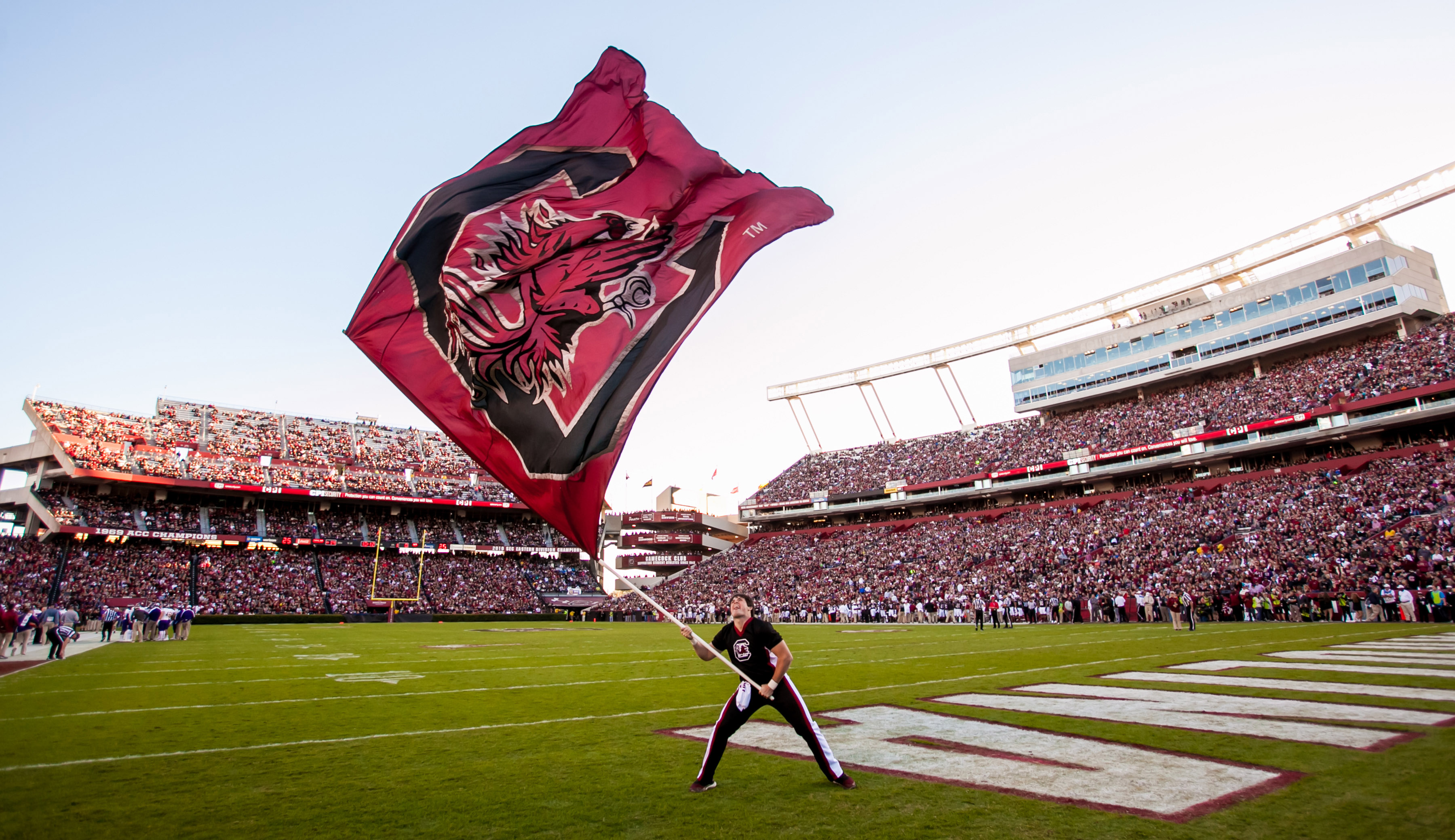
Totally trivial: How much do you know about the SEC’s 14 stadiums?
By Luke Glusco
Published:
In just a couple of weeks, SEC fans will flock to the modern-day cathedrals that house their favorite teams.
They’ll revel in the history of their school’s sacred place. And there’s a lot of history. A couple of the stadiums top 100 years old and a bunch more are closing in on their centennial.
Fans will inhale the aroma of fresh-cut, bright green grass on a picture-perfect day. Well, not all of them will get to enjoy that aroma. Some will see fields that are just a little too perfect and smell like, if anything, something akin to a Goodyear tire.
And we’re about to get to that, as we throw some trivia at you that relates to the wonderful venues that are home to the SEC’s finest.
Here we go:
Questions
1) Which current SEC stadium had the smallest capacity when it opened?
2) Two other current SEC stadiums started out with a seating capacity of less than 10,000. Can you name them?
3) Which school has the oldest stadium in the SEC?
4) How many expansions has Tennessee’s Neyland Stadium undergone?
5) What decade did Alabama’s Bryant-Denny Stadium top the 70,000-seat mark? (Bonus points if you know the exact year.)
6) Which two SEC East teams’ stadiums retain their original names? Which two SEC West stadiums’ names have not changed since they opened?
7) Who coined the phrase “If they ain’t swayin’, we ain’t playin’,” and what does it refer to?
8) The SEC has four stadiums that hold more than 100,000 people. In what order did they top the 100,000-capacity mark? (Lots of bonus points if you get all the exact years.)
9) Which four SEC schools play their home games on artificial turf?
10) Which three SEC stadiums make lawnstarter.com’s fairly recent list of the best nine natural grass fields in college football?
Answers
1) Tennessee’s Neyland Stadium opened in 1921 — as Shields-Watkins Field — with a seating capacity of 3,200.
2) Mississippi State’s Davis Wade Stadium had about 6,000 seats when it opened in 1914 as New Athletic Field. Auburn’s Jordan Hare Stadium held 7,500 when it opened as Auburn Stadium in 1939.
3) Mississippi State’s Davis Wade Stadium opened in 1914 as Scott Stadium, one year before Ole Miss’s Vaught-Hemingway Stadium opened, then known simply as Hemingway Stadium.
4. Neyland Stadium has had 16 expansions on its way to becoming the fifth-largest college football stadium in the country, and the school apparently isn’t done yet.
5) Bryant-Denny expanded by roughly 10,000 seats to 70,123 in 1988.
6) Georgia’s Sanford Stadium opened in 1929, named after school president Dr. Steadman V. Stanford, who led the fund-raising effort. Mizzou’s Memorial Stadium opened in 1926. The playing surface was named “Faurot Field” in 1972 to honor longtime coach Don Faurot, but the stadium itself retained its original name. … Texas A&M’s Kyle Field also opened in 1929, named for Edwin J. Kyle, the athletic council president and a dean at the school who led the effort to build the facility. LSU’s Tiger Stadium opened in 1924.
7) South Carolina coach Joe Morrison uttered the line in 1983, referring to new upper-deck stands at Williams-Brice Stadium that swayed noticeably — some said dramatically — when Gamecocks fans got revved up. From a 2009 retrospective story from The State newspaper:
In 1983, USC finished 5-6, highlighted by a 38-14 dismantling of Southern Cal in Columbia. Excited fans jumping up and down caused the cantilevered upper decks to sway, as designed to do. Spectators, though, were frightened.
Asked about the movement, Morrison uttered this one-liner: “If they ain’t swayin’, we ain’t playin’.” Fans, and T-shirt makers, loved it.
8) Tennessee in 1996, Alabama in 2010, both LSU and Texas A&M in 2014. (You get credit for listing the last two in either order. Both schools topped 100,000 at home for the first time on Sept. 6, 2014. If you’re someone who just has to have a tiebreaker: Both games started at 6:30 p.m., but A&M drew 104,728 fans that day while LSU brought in a mere 100,338.)
9) Arkansas, Kentucky, Missouri and Vanderbilt play on fake fields.
10) Ben Hill Griffin Stadium, Davis Wade Stadium and Kyle Field have some of the finest playing surfaces anywhere. To see the full list, plus an ode to the majesty of natural grass fields, click here.
Note: A number of sources were used to check this information. This website, though not completely up to date, puts a lot of interesting information about stadium histories — from all of the Power 5 conferences — in one place.
RELATED: Ranking the SEC venues by their stadium/game day experience
RELATED: By the numbers: Most dominant SEC home teams in conference play in past 15 years
Luke Glusco, a veteran editor at newspapers in Texas and South Carolina, is a freelance writer and editor for SaturdayDownSouth.com.







